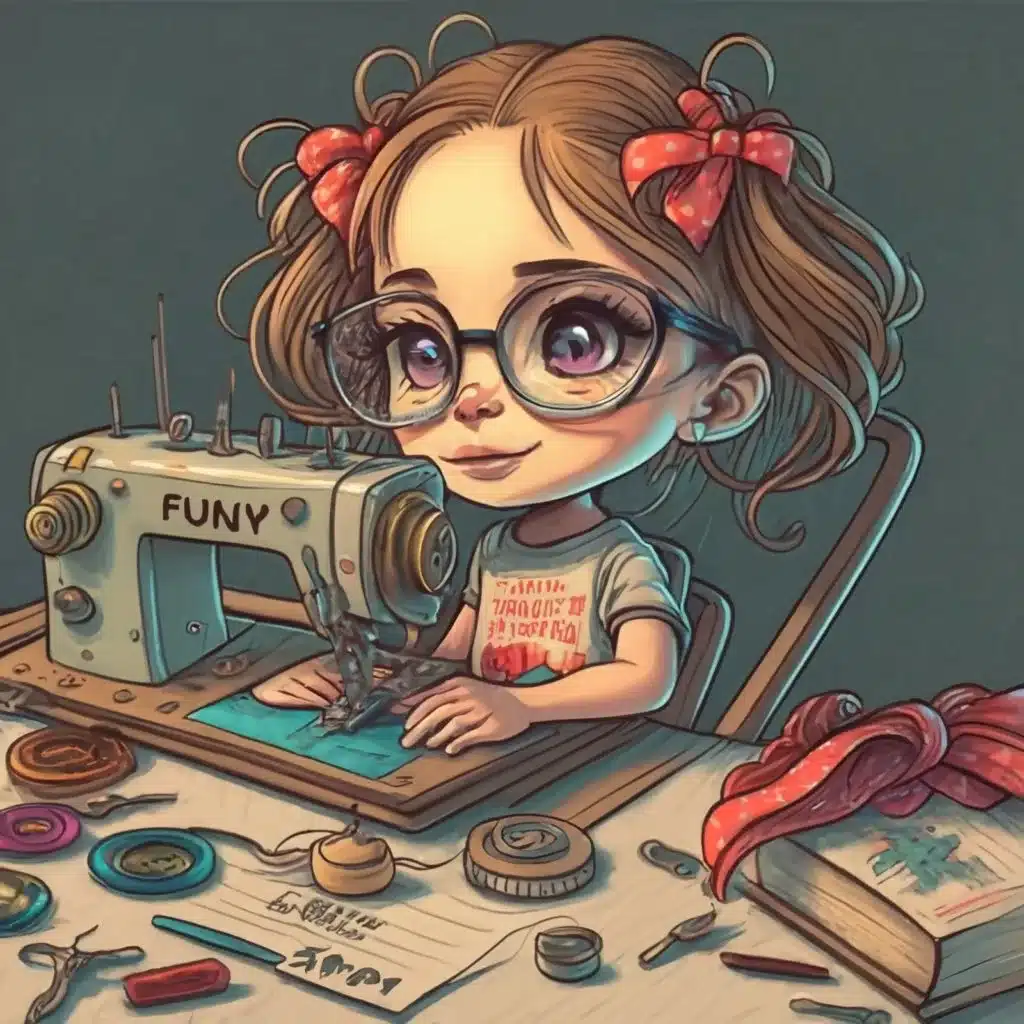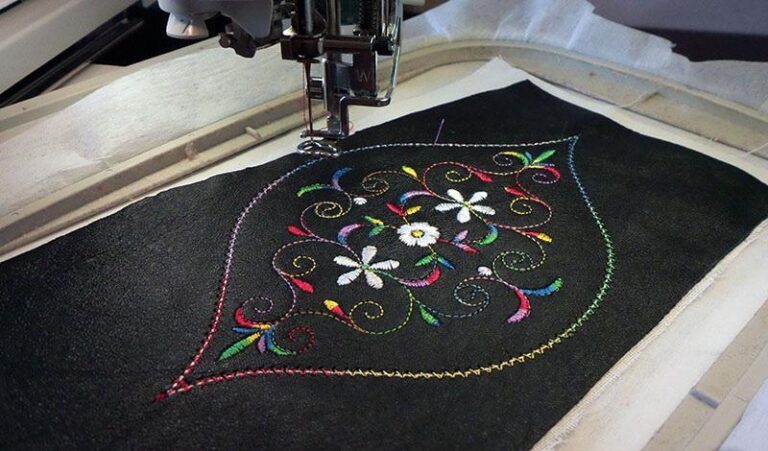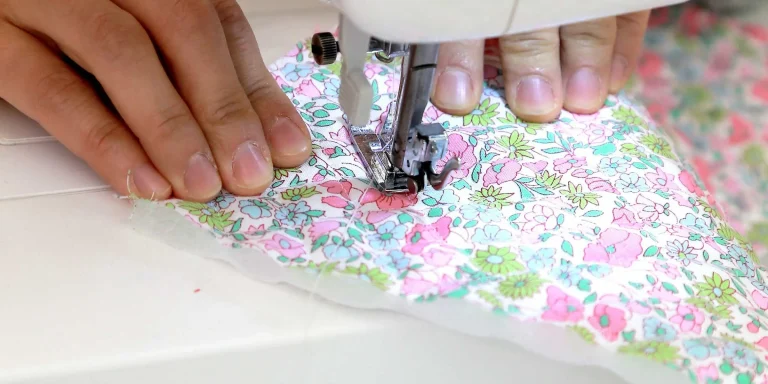Essential Steps and Considerations for Resizing Embroidery Designs
Let’s discuss the essential steps and considerations for effectively resizing embroidery designs:
Step 1: Choose the right software:
Investing in embroidery software that offers embroidery design resizing capabilities is crucial. Different options are available, such as Wilcom EmbroideryStudio, Hatch software, and Embird, each offering tools specifically designed to resize embroidery designs. Select the software that matches your needs and skill level.
Step 2: Save your original design:
Before making any adjustments, create a backup copy of your embroidery design. This way, you can always revert to the original if necessary, ensuring you don’t lose any crucial details during the resizing process.
Step 3: Understand Resizing Limits:
When resizing embroidery designs, it is important to be aware of the limitations. Enlarging a design significantly can result in a loss of stitch quality and density, while reducing a design too much can make small details indistinguishable. Keep these limitations in mind to maintain design integrity.
Step 4: Proportional Scaling:
Maintaining the aspect ratio of the design is crucial to avoid distortion. Most embroidery software offers options to resize designs proportionally. By enabling this feature, the software will automatically adjust the height and width in proportion, ensuring accurate resizing
Step 5: Adjusting Stitch Density
When resizing, stitch density may be affected, especially when enlarging a design. Pay attention to the stitch density and adjust it manually if necessary. Some software allows you to automatically optimize stitch density when resizing, ensuring balanced stitching throughout the pattern.
Step 6: Refine the Design:
After resizing, review the design carefully for any inconsistencies or potential issues. Zoom in to check stitch quality, small details, and text readability. Make any necessary adjustments to ensure the resized design meets your expectations.
Step 7: Test Stitching:
Before embroidering the resized design onto your final project, do a test stitch on a fabric or similar material. This step allows you to check the quality of the resized design, ensure correct registration, and make additional adjustments if necessary.
Factors that can affect the design when resizing
Resizing can cause several changes and potential issues in embroidery designs. Here are some factors that can affect the embroidery digitizing design when resizing in the embroidery machine:
Resizing a design can impact stitch density. If you enlarge a design too much without adjusting the stitch density, you risk creating overloaded stitches, which will make the design look bulky. Conversely, reducing the size too much can result in sparse stitching, affecting the overall quality and appearance of the design.
Resizing a design can affect the length and level of detail of the stitches. Enlarging a design can make the stitches longer, while reducing the size can result in shorter stitches, which can result in the loss of intricate details or fine lines.
Improperly resizing a drawing without maintaining its original aspect ratio can cause distortion. Stretching or compressing the design disproportionately can result in distorted shapes, skewed text, or altered proportions, negatively impacting the overall aesthetic.
Resizing may affect thread coverage on fabric. Enlarging a pattern may require more thread coverage, which can result in denser stitching. Conversely, reducing the size can reduce thread coverage, resulting in less vibrant colors or thinner lines.
Very complex designs with intricate details can be difficult to resize without losing clarity or causing problems.
Related Posts
Discover relevant articles, tutorials, and tips to improve your skills and explore new techniques.
Stay inspired and connected to our embroidery community.






